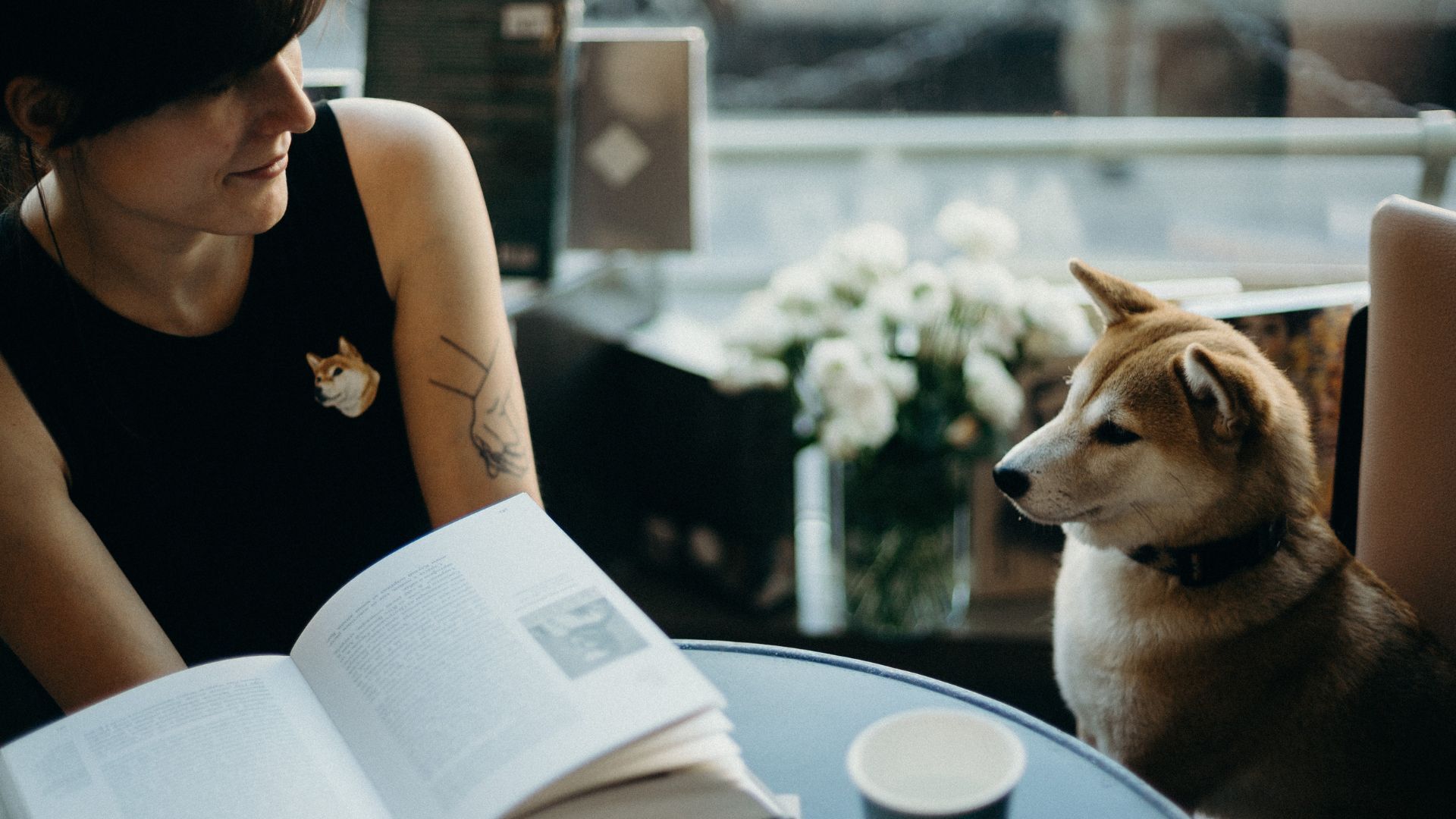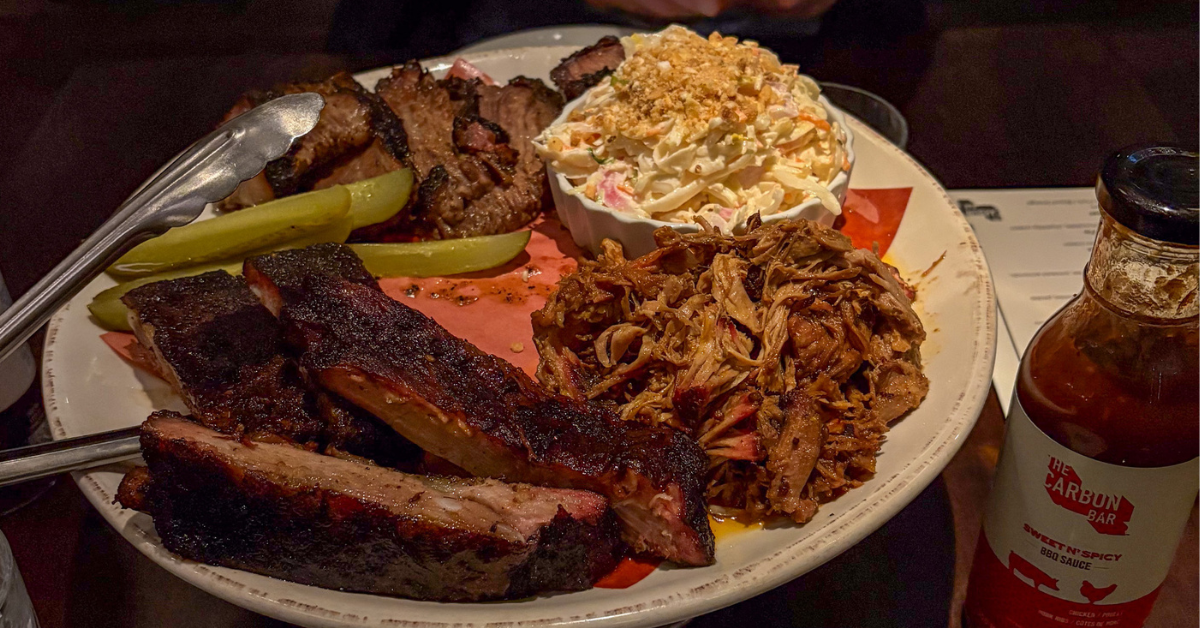Setting Emotional Boundaries: 5 Lessons from My Four-Legged Therapist

What if your most powerful lessons on setting emotional boundaries came from someone who never says a word?
Before I ever read a self-help book or downloaded a mindfulness app, I lived with someone who modeled boundaries with unshakable clarity. He’s assertive without being aggressive, fiercely protective of his energy, and takes rest seriously.
He’s also covered in fur.
This post explores five transformational lessons on setting emotional boundaries—as taught by my dog. Whether you’re healing from burnout or learning to say no without guilt, these stories are for you.
1. "No" is Enough
My dog never says sorry for needing space. If he doesn’t want to engage, he simply walks away. No explanation. No overthinking.
Human takeaway:
- “No” is a full sentence.
- Guilt-free boundaries are rooted in self-respect.
- Clarity is kindness—to others and to yourself.
📝 Journaling Prompt:
When did you last say “yes” when you meant “no”? What did it cost you?
2. Rest is Non-negotiable
Rest isn’t a reward in my dog’s world—it’s a requirement. He naps when tired. Full stop.
Human takeaway:
- Waiting until burnout to rest isn’t strength—it’s delay.
- Setting emotional boundaries includes honoring your energy cycles.
- Rest allows you to return as your whole self.

📝 Journaling Prompt:
What would change if you treated rest like a daily priority instead of a backup plan?
3. Protect Your Peace
If my dog senses chaos, he doesn’t wait it out—he leaves the room. Boundaries can be quiet, simple, and firm.
Human takeaway:
- Protecting your emotional energy is not rude—it’s wise.
- Physical and emotional boundaries go hand in hand.
- Not everything requires your reaction.
📝 Journaling Prompt:
Where do you need a door, a buffer, or a boundary in your life?
4. Your Energy is the Message
My dog can read a room better than most people. He senses tension, excitement, and hesitation immediately. And he adjusts.
Human takeaway:
- People feel your energy before they hear your words.
- Boundaries begin with how you feel, not how others react.
- Discomfort is a signal, not a defect.

📝 Journaling Prompt:
Think of a time when your body felt something your words ignored. What boundary was needed?
5. Love Doesn't Mean Overextending
Dogs love deeply—but on their own terms. My dog often steps back after showing affection. It’s not rejection; it’s balance.
Human takeaway:
- You can love someone and still say, “I need space.”
- Boundaries strengthen love by making room for truth.
- Connection isn’t control—it’s choice.

Final Thought
Setting emotional boundaries is one of the most life-giving skills you’ll ever learn. And sometimes, the clearest examples come in the quiet moments—when someone you love shows you that space isn’t rejection. It’s self-respect.
Free Resource:
Download Your “Boundary Reset” Journal Kit
Get 5 days of prompts to help you reconnect with your energy, time, and emotional truth.


